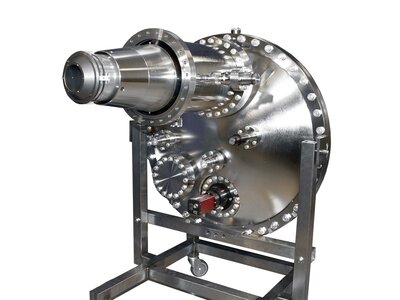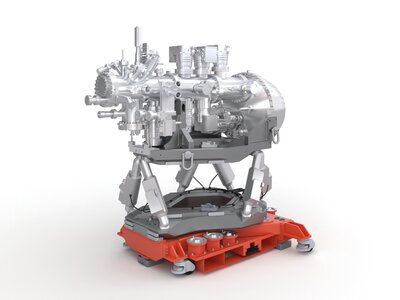Ambient Pressure Hard X-Ray Photoelectron Spectroscopy (AP-HAXPES)
Ambient pressure hard X-ray photoelectron spectroscopy (AP-HAXPES) utilizes X-rays with higher energies than in conventional XPS, typically in the range of several keV (typically up to 10 keV) with near ambient gas pressures at the samples surface. These kinds of experiments are often performed in with solid or liquid samples at synchrotron radiation sources. The benefits of combining hard X-rays and ambient pressure conditions are: (1) The photoelectrons have high velocities and have therefore an increased chance of passing through the high-pressure region above the sample undisturbed, and (2) more core states are accessible than in conventional near ambient pressure XPS experiments.



